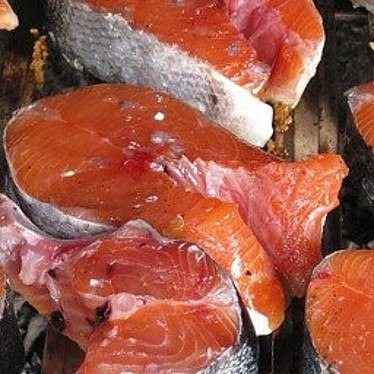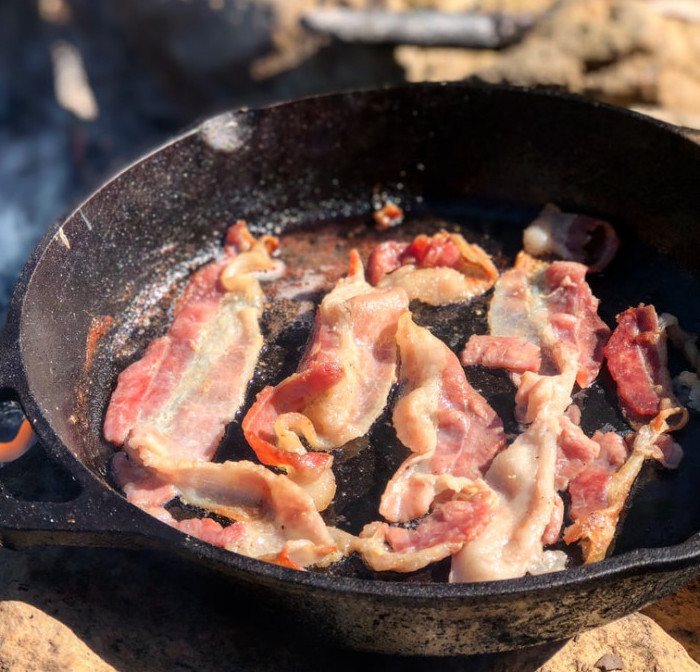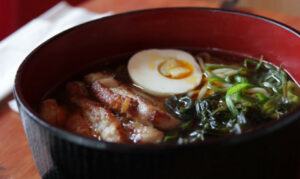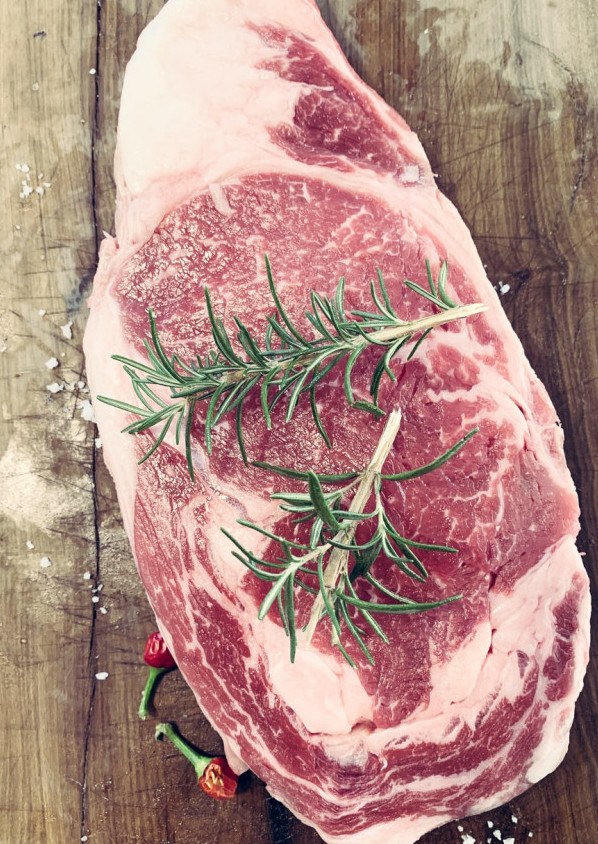In my mind, the best electric vegetable steamer will always be the[easyazon_link identifier=”B0002YSVEQ” locale=”US” tag=”mcurle08-20″ cart=”n”]Black and Decker HS800 Steamer and Rice Cooker[/easyazon_link]. I purchased two of them and they both lasted over 5 years. Unfortunately, it is no longer being produced. You can still buy it for $250 on Amazon. But I’m not going to consider it the best electric vegetable steamer at that price.
Instead, I decided to research and test some other steamers to recommend. I looked for simplicity in design, ease of use, low price, and functionality. I wanted to find something that mimicked the convenience of my lovely Black and Decker Steamer and Rice Cooker.
Name: Oster 2 Tiered 5 Quart Food Steamer Review
[easyazon_image align=”right” cart=”n” height=”160″ identifier=”B00519EDIA” locale=”US” src=”https://m.media-amazon.com/images/I/51IEpElzV3L._SL160_.jpg” tag=”mcurle08-20″ width=”160″]
Website: Available at Amazon
Price: $23.06
Owners: Oster
Overall Rank: 88 out of 100
Oster Double Tiered 5 Quart Food Steamer, Product Overview
This is a food steamer that can be used for meat, fish, eggs, and poultry. The steaming retains nutrients. It eliminates the need to cook in oil. Oster’s double-tiered designs enables you to cook multiple dishes separately. You can cook your salmon and broccoli at the same time.
The transparent steaming bowls allow you to see the cooking progress of your foods. You can watch as your asparagus softens with the steam.
The Oster food steamer has a 5-quart capacity with two transparent steaming containers. It also features a 60-minute timer to ensure that you don’t forget to turn the food off. It will automatically shut off when the water is empty or the cycle is complete.
The Good & the Bad
The Good:
- Automated timer
- Dishwasher safe
- 5-quart capacity
- Lightweight
- Easy to use
- 2 tiered system for cooking multiple dishes at once
The Bad:
- Thin plastic
- Some customers reported leakage
- Baskets are small
I love using a steamer to cook my eggs. Since I didn’t have complaints, I referred to the negative reviews on Amazon to find the bad aspects of the Oster double-tiered electric vegetable steamer.
Who is Oster Vegetable Steamer for?
This is for the busy person who doesn’t like to spend a lot of time in the kitchen. A vegetable steamer is much less expensive than the other popular kitchen gadgets like a pressure cooker or an air fryer. It provides you with a healthy method of cooking with the convenience of a timer to shut the food off when it is done cooking.
An electric vegetable steamer is perfect for people who are starting the GAPS diet, the Whole30, and the paleo diets. Many of those foods should be cooked at home instead of in vegetable oils that are often used in restaurants.
Oster Vegetable Steamer Tools & Training
There isn’t much training or support needed. It does come with an instruction manual. But you basically fill up the water reserve, put the vegetables into the basket, and turn the timer to the time that you want.
Oster Vegetable Steamer Support
If you need it, you can visit the Oster website to register your vegetable steamer and access their support department.
Their experts are available Mon-Fri, 9AM – 5PM ET. You can Call 1-800-334-0759 for Oster Appliances.
Oster Vegetable Steamer Price
At $23.06, this vegetable steamer is a steal. I find myself steaming vegetables in the summer when I don’t want to stand over a hot stove. I also steam my eggs instead of boiling them to have snacks of hard-boiled eggs on hand. It is one kitchen appliance that is inexpensive, but it will save you plenty of time. I find that I use it often.
My Final Opinion of Oster Vegetable Steamer
The Oster vegetable steamer is one of the few kitchen appliances that I actually recommend and use. I find that it is easy to use, the parts go into the dishwasher, but I often just hand wash the steamer.
Oster is a trusted brand. It has received over 5,000 global ratings on Amazon with a 4.4/5 star rating. There are a lot of people who like this product.
[easyazon_cta align=”right” cart=”n” identifier=”B00519EDIA” key=”small-light” locale=”US” tag=”mcurle08-20″]at a Glance…
Name: Oster two-tiered 5 quart vegetable steamer
Website: Oster.com
Owners: Oster
Price: $23.06
Overall Scam Rank: 88 out of 100
VERDICT: Legit! I recommend it!









